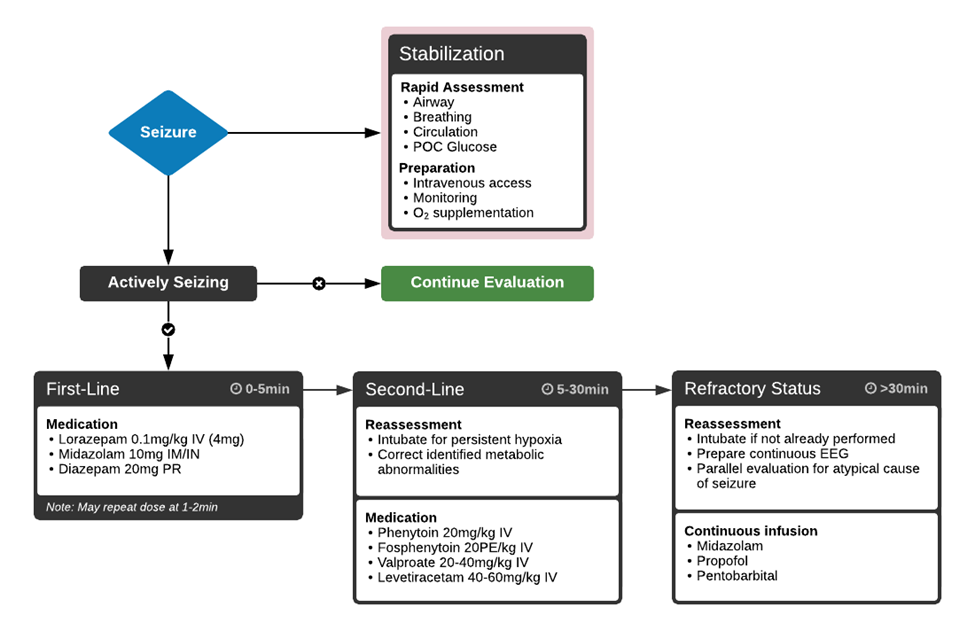A client who has a history of hypothyroidism was initially admitted with lethargy and confusion Which additional finding warrants the most immediate action by the nurse?
Facial puffiness and periorbital edema.
Cold and dry skin.
Further decline in level of consciousness.
Hematocrit of 30% (0.30).
The Correct Answer is C
A. Facial puffiness and periorbital edema:
These are common signs of hypothyroidism but may not require immediate action unless accompanied by severe symptoms.
B. Cold and dry skin:
Cold and dry skin is a characteristic feature of hypothyroidism, but a further decline in the level of consciousness is a more urgent issue.
C. Further decline in the level of consciousness.
A decline in the level of consciousness is a critical sign that requires immediate attention, as it may indicate worsening hypothyroidism, myxedema coma, or other serious complications. Myxedema coma is a life-threatening condition associated with severe hypothyroidism, and it requires prompt medical intervention.
D. Hematocrit of 30% (0.30):
While anemia is a potential complication of hypothyroidism, a hematocrit of 30% alone may not be the most immediate concern compared to a decline in the level of consciousness.
Nursing Test Bank
Naxlex Comprehensive Predictor Exams
Related Questions
Correct Answer is ["B","D"]
Explanation
A. Use standard precautions and wear a mask:
The use of standard precautions is appropriate for general care to prevent the transmission of infectious agents. However, specific to MRSA, additional precautions are needed. Wearing a mask is generally not necessary unless the client has respiratory symptoms that warrant respiratory precautions.
B. Institute contact precautions for staff and visitors:
This is a correct intervention. Contact precautions involve using gowns and gloves when providing care to prevent the transmission of MRSA. It is important for both healthcare staff and visitors to adhere to contact precautions to reduce the risk of spreading the infection.
C. Explain the purpose of a low bacteria diet:
The purpose of a low bacteria diet is generally unrelated to the management of MRSA. Low bacteria diets are often recommended for individuals with compromised immune systems to reduce the risk of foodborne infections. However, it may not be directly applicable to MRSA management.
D. Monitor the client's white blood cell count:
Monitoring the white blood cell count is a relevant intervention. An elevated white blood cell count may indicate an ongoing infection or an inflammatory response. Regular monitoring helps assess the client's immune response and the potential severity of the infection.
Correct Answer is B
Explanation
A. Keep the room at a comfortable temperature:
While maintaining a comfortable room temperature is important for the overall well-being of the client, it is not the most essential intervention during a seizure. The priority during a seizure is to ensure the client's safety, particularly focusing on airway management.
B. Ensure oral suction is available:
This is the most essential intervention. During a seizure, the client may produce excessive saliva, and having oral suction readily available helps prevent airway obstruction and ensures a clear airway. It is crucial for the safety and well-being of the client.
C. Provide frequent mouth care:
Mouth care is important for the overall hygiene of the unconscious client, but it may not be the most immediate priority during a seizure. The focus during a seizure is on preventing complications such as aspiration or airway obstruction.
D. Maintain the client in a semi-Fowler's position:
Positioning is important for the comfort and safety of the unconscious client, but maintaining a semi-Fowler's position may not be the primary concern during an active seizure. The immediate focus is on airway management and preventing injury.

Whether you are a student looking to ace your exams or a practicing nurse seeking to enhance your expertise , our nursing education contents will empower you with the confidence and competence to make a difference in the lives of patients and become a respected leader in the healthcare field.
Visit Naxlex, invest in your future and unlock endless possibilities with our unparalleled nursing education contents today
Report Wrong Answer on the Current Question
Do you disagree with the answer? If yes, what is your expected answer? Explain.
Kindly be descriptive with the issue you are facing.
